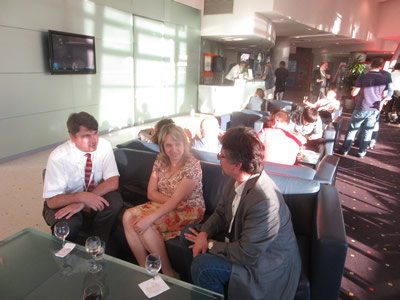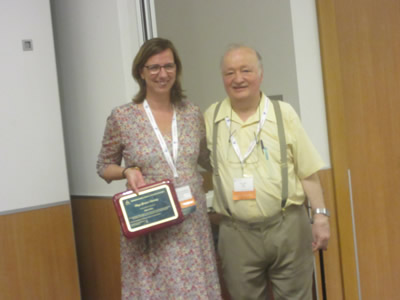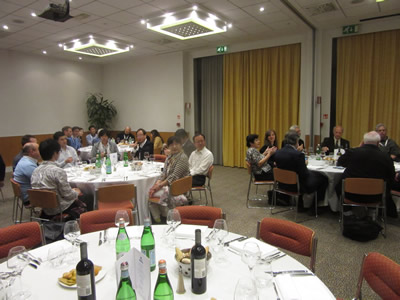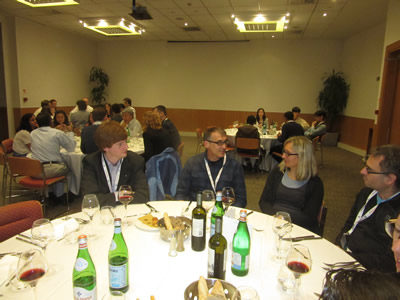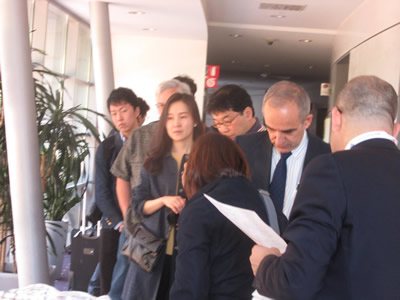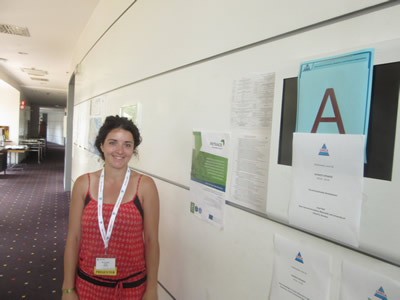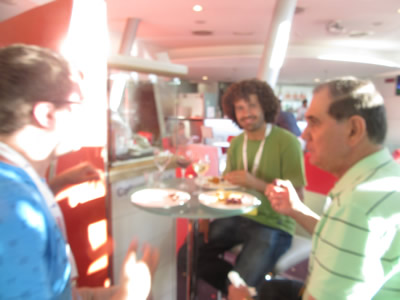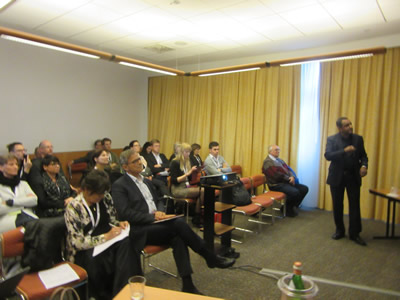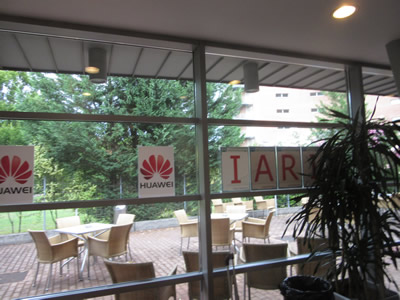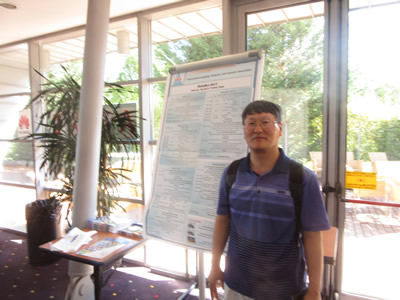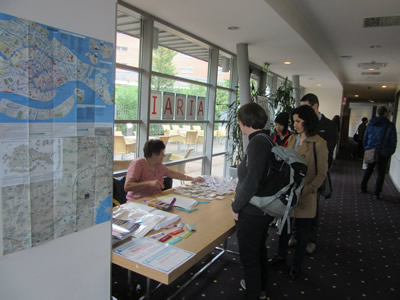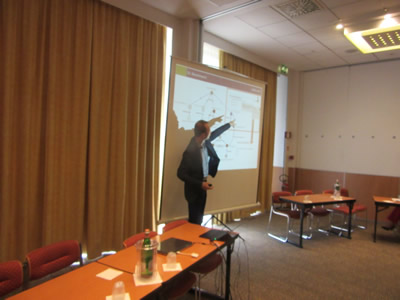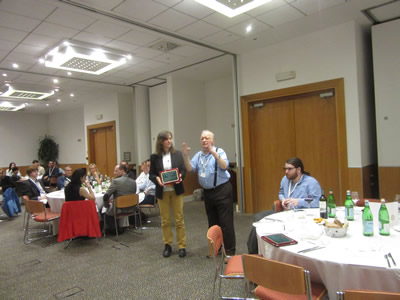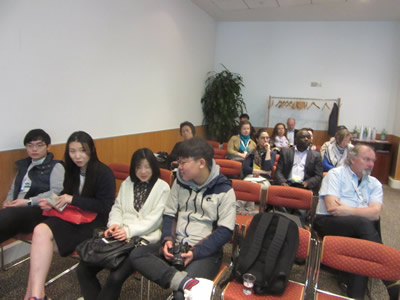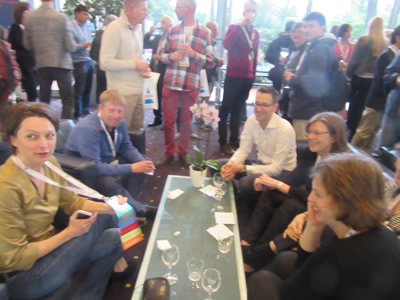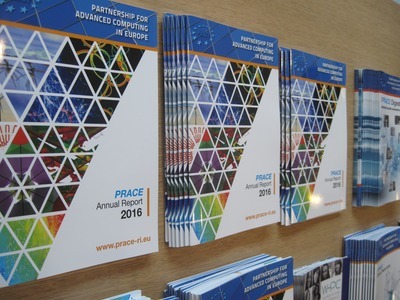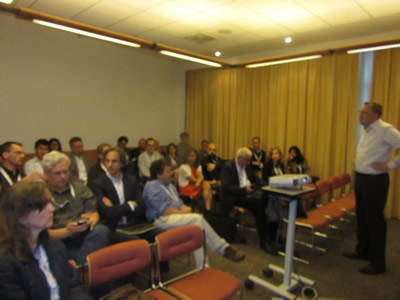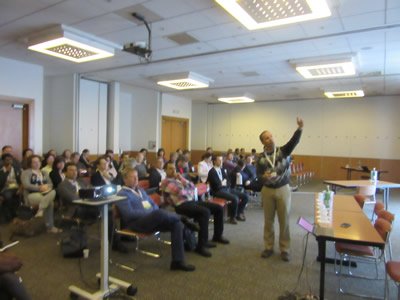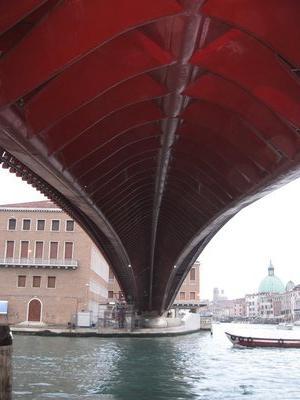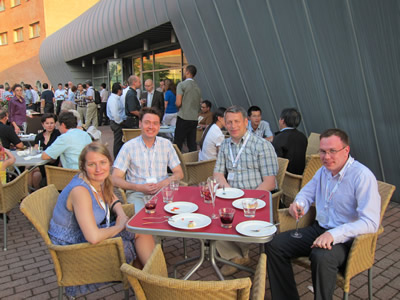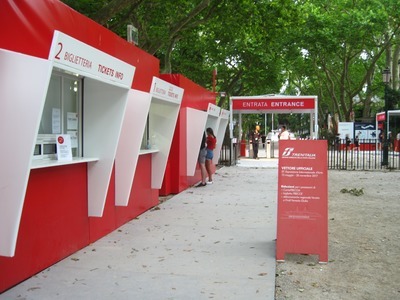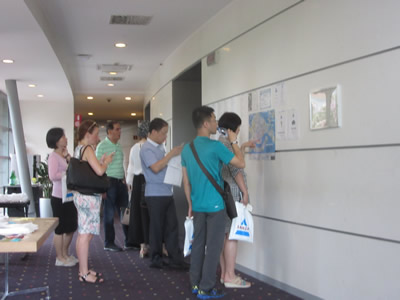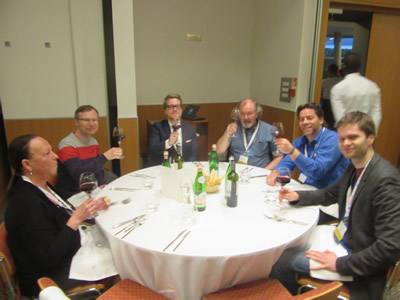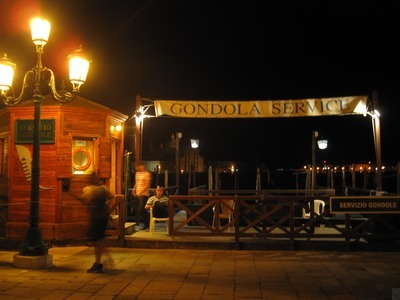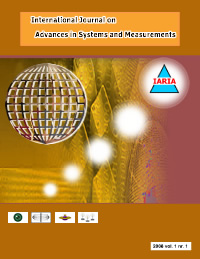CYBER 2024 - The Ninth International Conference on Cyber-Technologies and Cyber-Systems
September 29, 2024 - October 03, 2024
CYBER 2024: Call for Papers
Onsite and Online Options: In order to accommodate a large number of situations, we are offering the option for either physical presence or virtual participation (pdf slides or pre-recorded videos).
The increased size and complexity of the communications and the networking infrastructures are making it difficult the investigation of the resiliency, security assessment, safety and crimes. Mobility, anonymity, counterfeiting, are characteristics that add more complexity in Internet of Things and Cloud-based solutions. Cyber-physical systems exhibit a strong link between the computational and physical elements. Techniques for cyber resilience, cyber security, protecting the cyber infrastructure, cyber forensic and cyber crimes have been developed and deployed. Some of new solutions are nature-inspired and social-inspired leading to self-secure and self-defending systems. Despite the achievements, security and privacy, disaster management, social forensics, and anomalies/crimes detection are challenges within cyber-systems.
CYBER 2024, The Ninth International Conference on Advances in Cyber-Technologies and Cyber-Systems, continues the inaugural event covering many aspects related to cyber-systems and cyber-technologies considering the issues mentioned above and potential solutions. It is also intended to illustrate appropriate current academic and industry cyber-system projects, prototypes, and deployed products and services.
We solicit both academic, research, and industrial contributions. We welcome technical papers presenting research and practical results, position papers addressing the pros and cons of specific proposals, such as those being discussed in the standard fora or in industry consortia, survey papers addressing the key problems and solutions on any of the above topics short papers on work in progress, and panel proposals.
Industrial presentations are not subject to the format and content constraints of regular submissions. We expect short and long presentations that express industrial position and status.
Tutorials on specific related topics and panels on challenging areas are encouraged.
The topics suggested by the conference can be discussed in term of concepts, state of the art, research, standards, implementations, running experiments, applications, and industrial case studies. Authors are invited to submit complete unpublished papers, which are not under review in any other conference or journal in the following, but not limited to, topic areas.
All topics and submission formats are open to both research and industry contributions.
CYBER 2024 conference tracks:
Trends in Cybersecurity
Blockchain and machine learning for cybersecurity; Behavioral biometrics authentication; Privacy by design; Anonymity of blockchain and cryptocurrencies; Threat categorization and threat detection; Threats on critical national infrastructures; Gift card hacking techniques; Medical IoT Device-to-Device communication; Blockchain in supporting critical infrastructures; Vulnerability on social media spaces; Internet of Medical Things (IOMT); Cybersecurity for digital vehicles; Potential radicalization on social media; Blockchain and healthcare systems; Risk-based human behavior profiling; Forensic recovery of cloud evidence; Hacking pacemakers; Prediction of cyber attacks; Ransomware cyberweapon; Liability attribution in smart workplaces; Cybersecurity, laws and regulations; Information from browsers by online advertising platforms; Predicting social engineering victims; Cybercrime awareness
Cyber Resilience
Cyber security assessment; Data analytics for Cyber resilience; Organizational security (government, commercial); Resilient smart cities; Resilient Internet of Things (RIOT); Cyber-cities and Cyber-environments; Critical infrastructure security; Back up and recovery for systems of systems; Disaster planning and management from Cyber perspective; Integrated and smarter sensors
Resiliency and risks
Resiliency in smart cities; Reliability and resiliency in wireless networks; Detecting anomalous activity; Resources constrained systems/devices; Disruption-tolerant systems; Resiliency and access in restricted areas; Monitoring maritime critical disasters; Critical supply networks; Risk assessment
Technologies for resiliency
Self-organized disaster management systems; Technological catastrophes and crises management; Deep-learning & Big Data and disaster recovery; Disaster management in 5G uRLLC-based systems; 5G and IoT in disaster management; Aerial Systems for Disaster Management; IoT sensing platforms for public safety
Cyber Security
Security management [overall information security management in the sense of 27000 series applied to cyber systems]; Compliance management [verify/check compliance with defined policies, provide corresponding management reports]; Security administration of cyber systems [technical security management of security services]; Security and privacy regulations and laws; Securely interconnected cyber systems [firewalls, cross-domain security solutions]; Self-securing and self-defending cyber systems; Trust management, trust-based information processing [using possibly untrustworthy data sources in a controlled way]; Security technologies for protecting cyber systems and devices; Identity and access management in cyber systems; Anti-counterfeiting; Secure production and supply chain; Cloud computing security; Big-data security; Advanced persistent threats; Network traffic analysis and trace-back; Cyberspace operations; Incident response, investigation, and evidence handling; Intrusion detection and prevention; Cyberspace protection and anti-malware; Cooperation and sharing for Cyber-defense
Cyber Infrastructure
Cyber-Cities and Cyber-environments; Information technology infrastructure; Telecommunications and networks; Cyber-space and data centers; Cyber-enabled control systems; Cyber-enabled critical infrastructure systems; Cyber-physical systems and Internet of Things; Special application domains (smart grid, traffic management systems, autonomous driving, etc.); Embedded processors and controllers; Mobility in Cyber-space; Virtualization in Cyber-space
Cyber Forensics
Computer and networks forensics; Social networking forensics; Digital forensics tools and applications; Applications of information hiding; Identification, authentication, and collection of digital evidence; Anti-forensic techniques and methods; Watermarking and intellectual property theft; Privacy issues in network forensics; Tools, applications, case studies, best practices
Cyber Crime
Cyber-crimes: Challenges in detection/prevention; Anomalies detection; Advanced Persistent Threats and Cyber-resilience; BotNets and MobiNets; Cyber crime-related investigations; Challenges and detection of Cyber-crimes; Network traffic analysis, traceback; Security information and event management (SIEM); Stealthiness improving techniques: information hiding, steganography/steganalysis, etc.
Nature-inspired and Bio-inspired Cyber-defense
Bio-inspired anomaly & intrusion detection; Autonomic and Adaptive Cyber-Defense; Adaptive and Evolvable Systems; Cooperative defense systems; Network artificial immune systems; Adaptation algorithms for cyber security; Biometrics related to cyber defense; Bio-inspired security and networking algorithms and technologies; Biomimetics related to cyber security; Bio-inspired cyber threat intelligence methods and systems; Bio-inspired algorithms for dependable networks; Correlations in moving-target techniques; Neural networks, evolutionary algorithms, and genetic algorithms for cyber security Prediction techniques for cyber defense; Information hiding solutions (steganography, watermarking) and detection
Social-inspired opportunistic mobile Cyber-systems
Design of cyber-physical applications for opportunistic mobile systems based on behavioral models; Social metrics for networks and systems operations; Application of mixed physical and online social network sensing; Social-aware modeling, design and development of routing algorithms in cyber-physical; Incentive mechanisms, reputation systems and key management algorithms in cyber-physical opportunistic mobile systems; Participatory mobile sensing for mining integration in cyber-physical opportunistic mobile systems; Experiments with cyber-physical opportunistic mobile systems
Deadlines:
Submission | Jul 01, 2024 |
Notification | Aug 05, 2024 |
Registration | Aug 19, 2024 |
Camera ready | Aug 29, 2024 |
Deadlines differ for special tracks. Please consult the conference home page for special tracks Call for Papers (if any).
INSTRUCTION FOR THE AUTHORS
Authors of selected papers will be invited to submit extended versions to one of the IARIA Journals.
Publisher: XPS (Xpert Publishing Services)
Archived: ThinkMindTM Digital Library (free access)
Prints available at Curran Associates, Inc.
How to submit to appropriate indexes.
Only .pdf or .doc files will be accepted for paper submission. All received submissions will be acknowledged via an automated system.
Contribution types
- regular papers [in the proceedings, digital library]
- short papers (work in progress) [in the proceedings, digital library]
- ideas: two pages [in the proceedings, digital library]
- extended abstracts: two pages [in the proceedings, digital library]
- posters: two pages [in the proceedings, digital library]
- posters: slide only [slide-deck posted on www.iaria.org]
- presentations: slide only [slide-deck posted on www.iaria.org]
- demos: two pages [posted on www.iaria.org]
FORMATS
Only .pdf or .doc files will be accepted for paper submission. All received submissions will be acknowledged via an automated system.
Final author manuscripts will be 8.5" x 11", not exceeding 6 pages; max 4 extra pages allowed at additional cost.
Helpful information for paper formatting for MS Word can be found here.
There is a community provided LaTeX template: the CTAN package iaria (with full IARIA formatting rules, including IARIA citation style, but for providing citation style it is tightly bound to pdflatex+biblatex+biber). In addition, there is also iaria-lite (not bound to pdflatex+biblatex+biber, but compatible with any TeX stack; thus, it cannot provide the IARIA citation formattings, but only the titlepage and content-related IARIA formatting rules). Based on the iaria package, there is a minimal working example as Overleaf template. When you are using the LaTeX templates, please still adhere to the additional editorial rules.
Slides-based contributions can use the corporate/university format and style.
Your paper should also comply with the additional editorial rules.
Once you receive the notification of contribution acceptance, you will be provided by the publisher an online author kit with all the steps an author needs to follow to submit the final version. The author kits URL will be included in the letter of acceptance.
We would recommend that you should not use too many extra pages, even if you can afford the extra fees. No more than 2 contributions per event are recommended, as each contribution must be separately registered and paid for. At least one author of each accepted paper must register to ensure that the paper will be included in the conference proceedings and in the digital library, or posted on the www.iaria.org (for slide-based contributions).
CONTRIBUTION TYPE
Regular Papers (up to 6-10 page article -6 pages covered the by regular registration; max 4 extra pages allowed at additional cost- ) (oral presentation)
These contributions could be academic or industrial research, survey, white, implementation-oriented, architecture-oriented, white papers, etc. They will be included in the proceedings, posted in the free-access ThinkMind digital library and sent for indexing. Please submit the contributions following the instructions for the regular submissions using the "Submit a Paper" button and selecting the appropriate contribution type. 12-14 presentation slides are suggested.
Short papers (work in progress) (up to 4 pages long) (oral presentation)
Work-in-progress contributions are welcome. These contributions represent partial achievements of longer-term projects. They could be academic or industrial research, survey, white, implementation-oriented, architecture-oriented, white papers, etc. Please submit the contributions following the instructions for the regular submissions using the "Submit a Paper" button and selecting the contribution type as work in progress. Contributors must follow the conference deadlines, describing early research and novel skeleton ideas in the areas of the conference topics. The work will be published in the conference proceedings, posted in the free-access ThinkMind digital library and sent for indexing. For more details, see the Work in Progress explanation page. 12-14 presentation slides are suggested.
Ideas contributions (2 pages long) (oral presentation)
This category is dedicated to new ideas in their very early stage. Idea contributions are expression of yet to be developed approaches, with pros/cons, not yet consolidated. Ideas contributions are intended for a debate and audience feedback. Please submit the contributions following the instructions for the regular submissions using the "Submit a Paper" button and selecting the contribution type as Idea. Contributors must follow the conference deadlines, describing early research and novel skeleton ideas in the areas of the conference topics. The work will be published in the conference proceedings, posted in the free-access ThinkMind digital library and sent for indexing. For more details, see the Ideas explanation page. 12-14 presentation slides are suggested.
Extended abstracts (2 pages long) (oral presentation)
Extended abstracts summarize a long potential publication with noticeable results. It is intended for sharing yet to be written, or further on intended for a journal publication. Please submit the contributions following the instructions for the regular submissions using the "Submit a Paper" button and selecting the contribution type as Extended abstract. Contributors must follow the conference deadlines, describing early research and novel skeleton ideas in the areas of the conference topics. The work will be published in the conference proceedings, posted in the free-access ThinkMind digital library and sent for indexing. 12-14 presentation slides are suggested.
Posters (paper-based, two pages long) (oral presentation)
Posters are intended for ongoing research projects, concrete realizations, or industrial applications/projects presentations. The poster may be presented during sessions reserved for posters, or mixed with presentation of articles of similar topic. A two-page paper summarizes a presentation intended to be a POSTER. This allows an author to summarize a series of results and expose them via a big number of figures, graphics and tables. Please submit the contributions following the instructions for the regular submissions using the "Submit a Paper" button and selecting the contribution type as Poster Two Pages. Contributors must follow the conference deadlines, describing early research and novel skeleton ideas in the areas of the conference topics. The work will be published in the conference proceedings, posted in the free-access ThinkMind digital library and sent for indexing. 8-10 presentation slides are suggested. Also a big Poster is suitable, used for live discussions with the attendees, in addition to the oral presentation.
Posters (slide-based, only) (oral presentation)
Posters are intended for ongoing research projects, concrete realizations, or industrial applications/projects presentations. The poster may be presented during sessions reserved for posters, or mixed with presentation of articles of similar topic. The slides must have comprehensive comments. This type of contribution only requires a 8-10 slide-deck. Please submit the contributions following the instructions for the regular submissions using the "Submit a Paper" button and selecting the contribution type as Poster (slide-only). The slide-deck will be posted, post-event, on www.iaria.org.
8-10 presentation slides are suggested. Also a big Poster is suitable, used for live discussions with the attendees, additionally to the oral presentation.
Presentations (slide-based, only) (oral presentation)
These contributions represent technical marketing/industrial/business/positioning presentations. This type of contribution only requires a 12-14 slide-deck. Please submit the contributions following the submission instructions by using the "Submit a Paper" button and selecting the contribution type as Presentation (slide-only). The slide-deck will be posted, post-event, on www.iaria.org.
12-14 presentation slides are suggested.
Demos (two pages) [posted on www.iaria.org]
Demos represent special contributions where a tool, an implementation of an application, or a freshly implemented system is presented in its alfa/beta version. It might also be intended for thsoe new application to gather the attendee opinion. A two-page summary for a demo is intended to be. It would be scheduled in special time spots, to ensure a maximum attendance from the participants. Please submit the contributions following the submission instructions by using the "Submit a Paper" button and selecting the contribution type as Demos. The Demos paper will be posted, post-event, on www.iaria.org.
Tutorial proposals
Tutorials provide overviews of current high interest topics. Proposals should be for 2-3 hour long. Proposals must contain the title, the summary of the content, and the biography of the presenter(s). The tutorial slide decks will be posted on the IARIA site.
Please send your proposals to tutorial proposal
Panel proposals
The organizers encourage scientists and industry leaders to organize dedicated panels dealing with controversial and challenging topics and paradigms. Panel moderators are asked to identify their guests and manage that their appropriate talk supports timely reach our deadlines. Moderators must specifically submit an official proposal, indicating their background, panelist names, their affiliation, the topic of the panel, as well as short biographies. The panel slide deck will be posted on the IARIA site.
Please send your proposals to panel proposal



